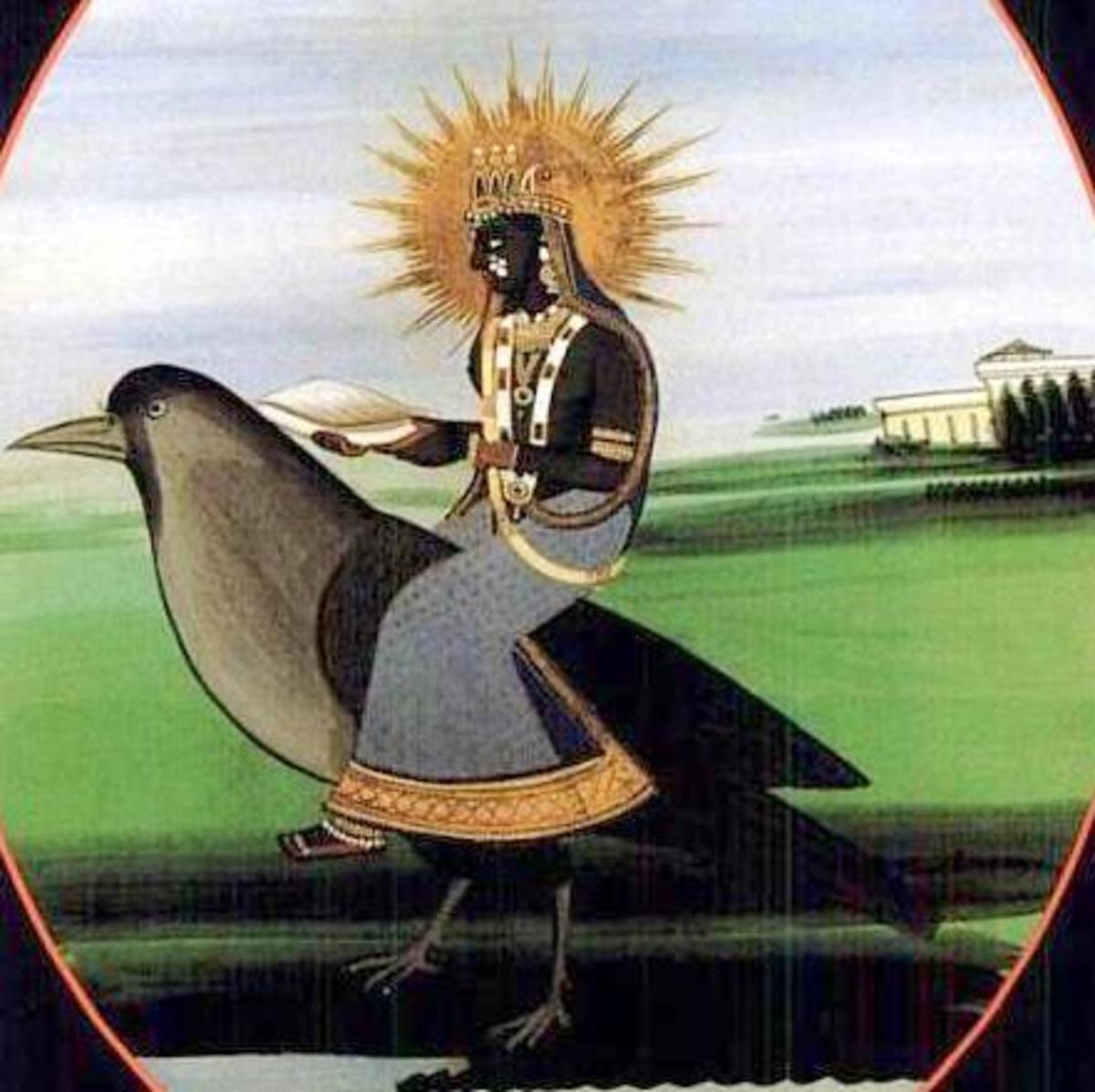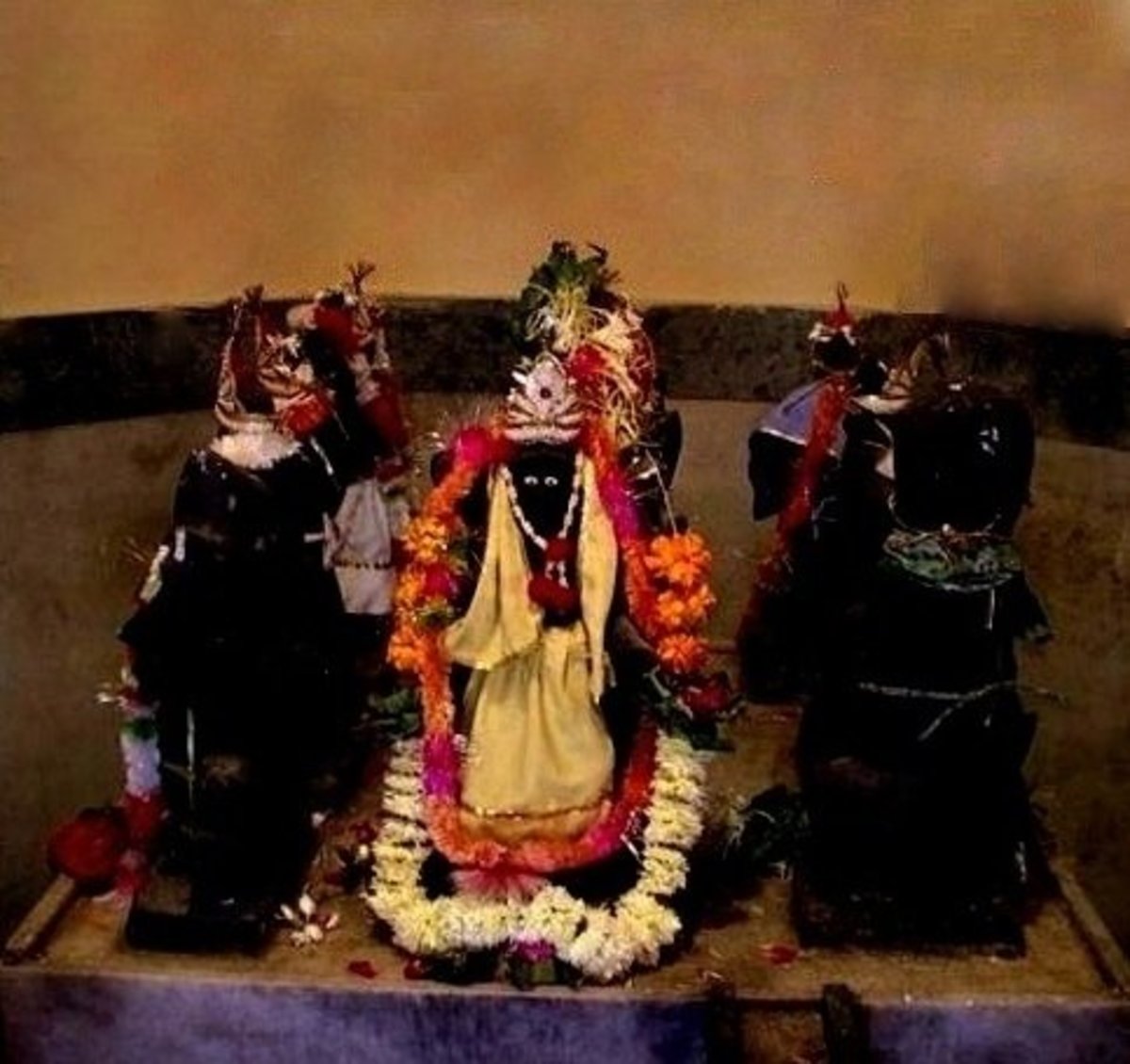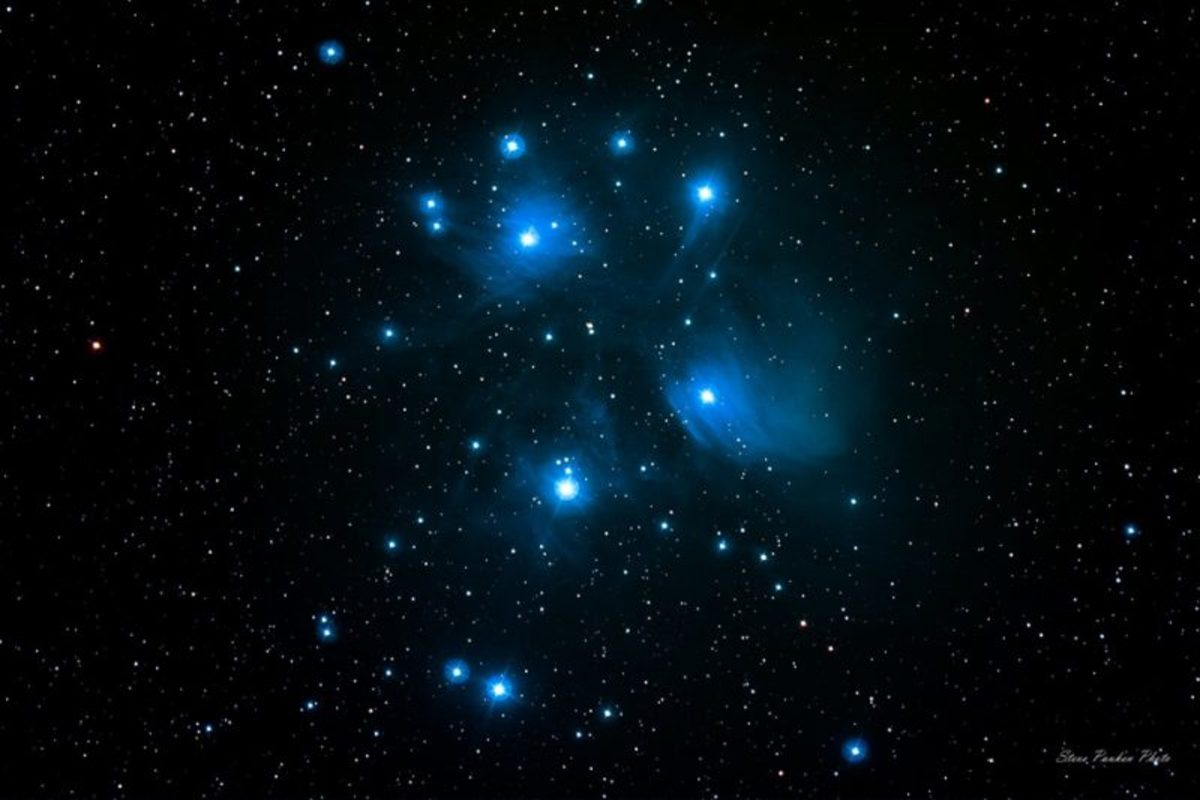Significance of the Hindu Religion
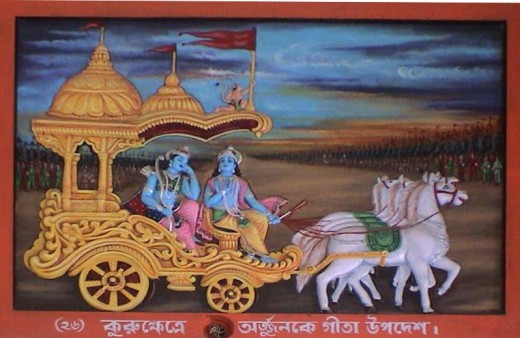
Introduction
At the end of the 18th century, Colonist referred the followers of Indian religions collectively as Hindus. English language introduced Hinduism in the 19th century. This denoted religious, philosophical and cultural traditions native to India, Nepal.

Origin of Hindu
Hindu word originated from the Sanskrit word, Sindhu, which symbolizes the Indus River flowing in the Indian Subcontinent.
Hinduism has no single founder and is one of the oldest living religions in the world. It has approximately one billion followers thus, making it the world’s third largest religion after Christianity and Islam.

Hindu Religious Books
Their holy scriptures include the Vedas, Upanishads, Puranas, Mahabharata, Ramayana, Bhagavad Gita and Agamas. The compilation of the major epics, Ramayana and Mahabharata, occurred during the BCE and early CE. These two books contain stories about rulers and their wars in ancient India.

Hindus
Hinduism is a diverse system where the Hindus comprise of different sects worshipping either the stone where they see divinity. They worship fire for sacredness or pray the idol where they find positivity to sustain the daily challenges of life. The concept of God is complex and depends on a tradition that a person follows.
The Rig Veda, which is the oldest scripture, allows all Hindus to seek and discover the answers of life on their own terms.
Hindus understand Brahman as a Supreme being, and they worship him as Vishnu, Shiva, and Brahma depending upon their beliefs. The fundamental idea of the Hindu religion is about incarnations of God in the form of human being. Avatar is an incarnation.
Avatars so far have been Rama and Krishna who played a crucial role in forming the two books: Ramayana and Mahabharata.

Beliefs of Hindus
Hindus believe in the soul, which is the true “self” of every person as eternal. This soul (Atman) is indistinct from Brahman, who is the supreme spirit.
The Upanishads state that when an individual becomes aware of his atman (soul); he will take steps to reach salvation (Moksha).
Hindus is a firm believer of karma and binds the notions of destiny and reincarnation. The cycle of action, reaction, birth, death, and rebirth is a process called samsara.
Samsara provides the different pleasures of life. However, once that soul attains Moksha; it will unite with one entity; God. Thus, the soul does not need a physical body to take birth and experience happiness and sorrow that life has to offer.

As one of the holy books (Bhagvad Gita) indicate:
As a person puts on new clothes and discards old and torn clothes. Similarly, an embodied soul enters new material bodies, leaving old bodies
Bhagvad Gita 2:22
But exceedingly dear to Me are those devotees who make Me (the Purushottama) their one supreme aim and follow out with a perfect faith and exactitude the immortalising Dharma described in this teaching.
Bhagvad Gita 12:20
And yet all existences are not situated in Me, behold My divine Yoga; Myself is that which supports all being and constitutes their existence.
Bhagvad Gita 9:5
But those who giving up all their actions to Me, and wholly devoted to Me, worship meditating on Me with an unswerving Yoga, those who fix on Me all their consciousness, O Partha, speedily I deliver them out of the sea of death-bound existence.
Bhagvad Gita 12:6-7
The senses, mind and intellect are its seat; enveloping knowledge by these it bewilders the embodied soul.
Bhagvad Gita 3:40

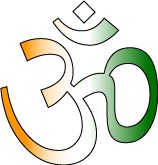

Goal of a Human
Each Hindu has an aim in his life.
That includes:
- Walk on the path of righteousness, and follow the principles of law, order and harmony.
- Earn your livelihood respectfully and be able to support yourself and your family.
- Be able to limit yourself from sensual pleasure.
- Perform deeds that could lead to liberation of the soul and freedom from the cycle of birth and death.
Based on the above goals, there are books (Example: Bhagvad Gita) that help guide a man towards that the path to achieve the spiritual goal of life by different methods (yoga)
- Method of Bhakti. It teaches the path of love and devotion.
- Method of Karma. It teaches the path of right action.
- Method of Raja. It teaches the path of meditation.
- Method of Jnana. It teaches the path of wisdom.
Symbols pertaining to Hinduism
Symbols such as OM, the Swastika sign and the tikka on the forehead identify a follower of this faith.
Rituals
Hindus perform certain religious rituals at home. They include lighting a lamp and singing hymns to the lord after a shower in the morning. They offer food to the deity before consuming it.
Occasions of birth and death involve elaborate sets of religious customs. Each of them involves prayers, and food.
Pilgrimage
Hinduism does not force anyone to go to any pilgrimage.
There are some sites that are famous amongst Hindu devotees.
- Kumbh Mela
Every 12 years this festival is held amongst four cities namely, Allahabad, Haridwar, Nashik, Ujjain.
- Char Dham
Badrinath, Kedarnath, Gangotri, and Yamunotri compose the four abodes of this pilgrimage site.
- Temples such as Vaishno Devi, Puri, Shirdi, Sabarimala, Tirupati.
Festivals
Hindus have many festivals through out the year. The Hindu calendar gives the dates based on the positioning of the planet and stars. Each festival has a Hindu mythology and different sects of Hindus celebrate it.
Some of the examples of Hindu festivals are:
- Holi
- Dussera
- Diwali
- Krishna Janmashatmi
- Pongal
- Ram Nayami
- Raksha Bandhan

Hindustani Music
Demographics
Hinduism is a religion practiced majorly in India, Nepal, Bangladesh, and Indonesia.
Demographically, Hinduism is the world’s third largest religion, after Christianity and Islam.
Hindu values
Hindus campaign the practice of non-violence and have a respect for all forms of life. Thus, many embrace vegetarianism. Hindus regard cow as a symbol of unselfish giving, thus legally banning cow slaughter.
Significance of Namaste
Namaste is a common salutation, which originated from Hindus and Buddhists. This greeting has a slight bow while hands pressed together, palms touching, and fingers pointed upwards. Place the hands in front of the chest. In other cultures, there is shaking of hand or embracing each other. Namaste is a non-contact form of meeting and greeting another individual, and is equivalent to saying, “Greetings” or “Have a Good Day!” in English.
Hindu Music/Hindustani Music
Ragas are a common way of Hindu music, and it includes classical music, Bhajan and other musical genres.
Hindu Clothing
Hindus adorn themselves with colorful outfits. Woman’s traditional clothing is the Saree. Men dress up in Kurta Pajama.

Conclusion
There are approximately 4,000 religions in the world.
Each religion has the essence to keep man grounded by preaching the values of life and showing him the path to enlightenment. Religion helps man dig deep within himself to find his ethics, morality and then choose a lifestyle accordingly. Hinduism is one such belief.

